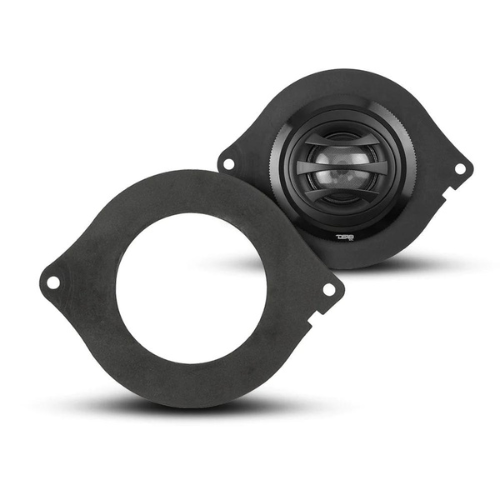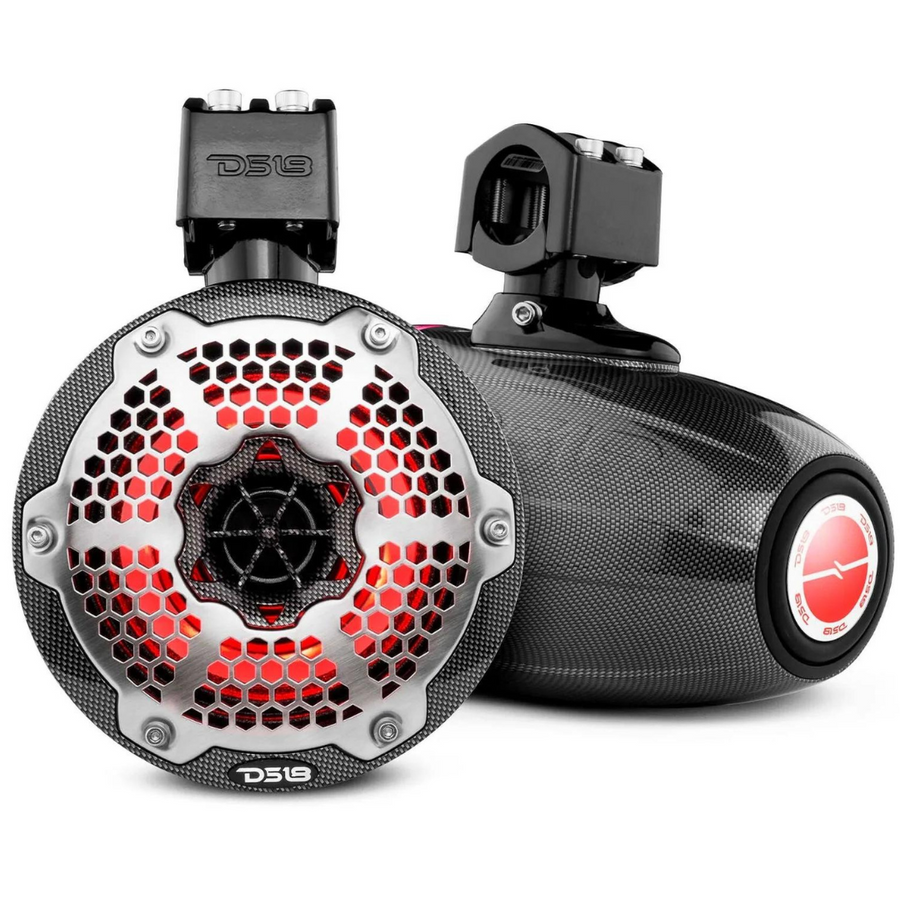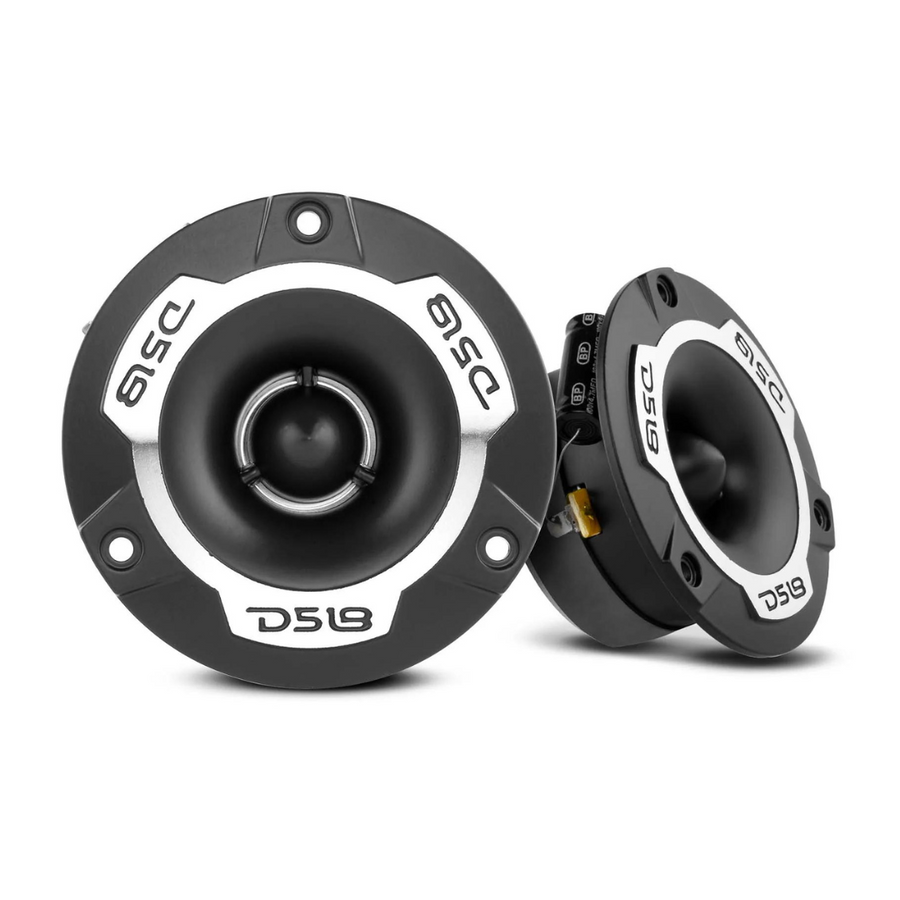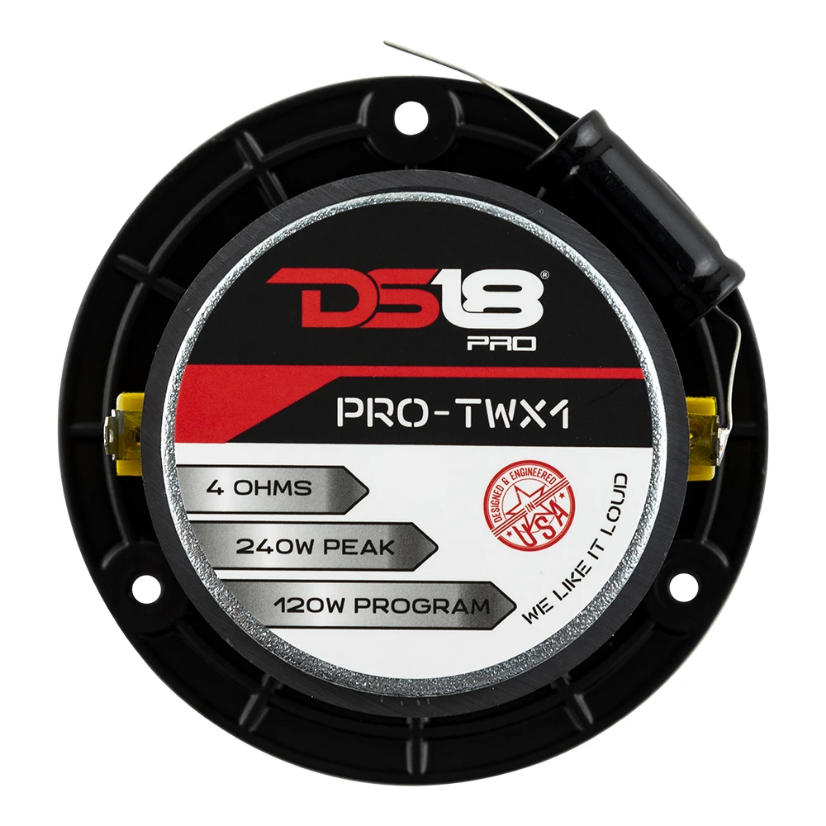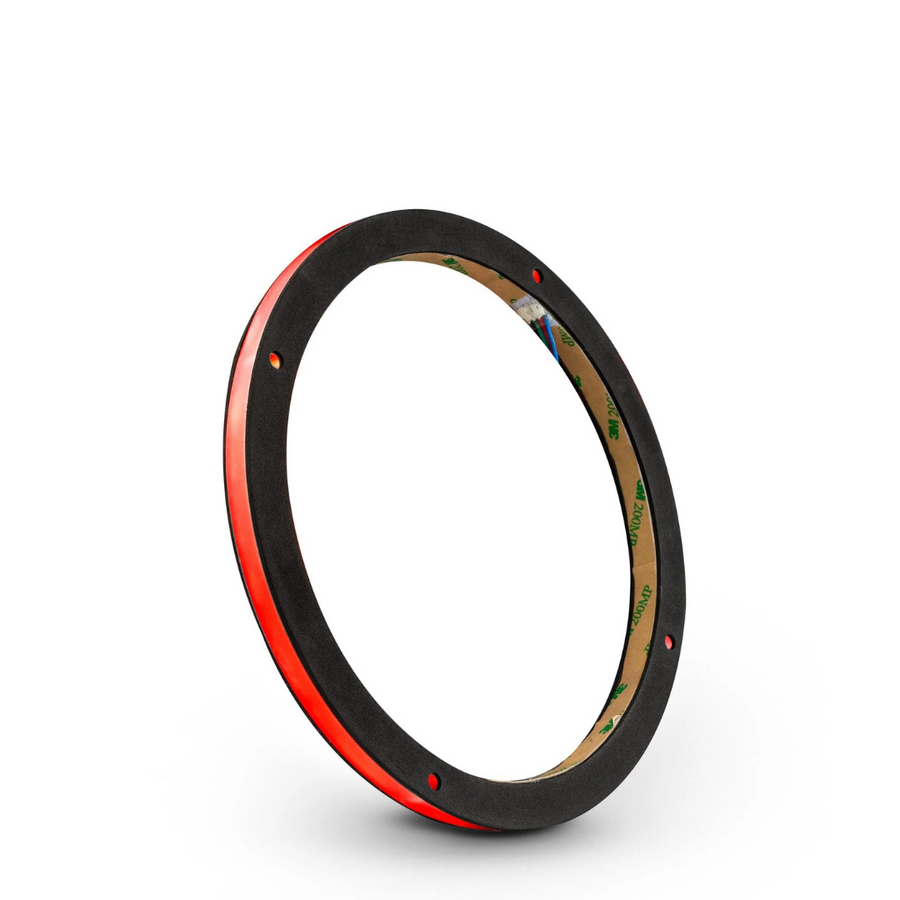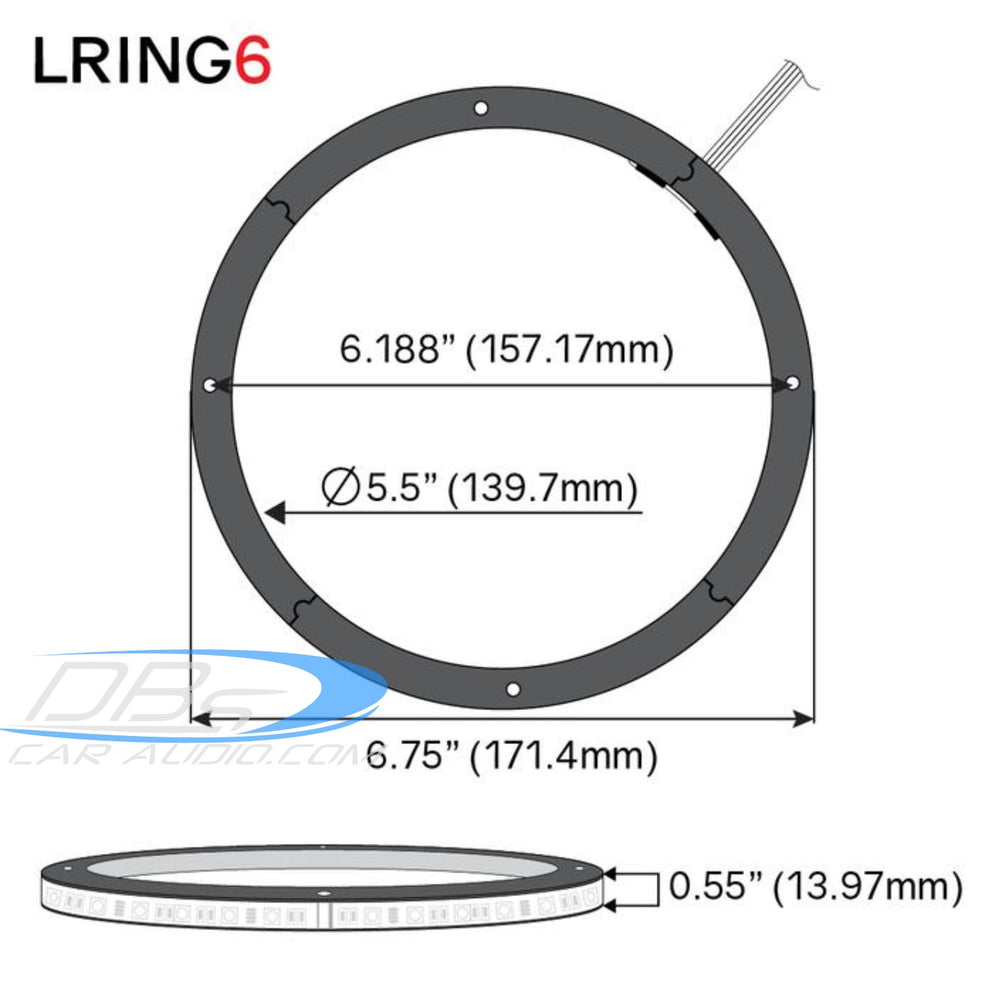Choosing the Perfect Subwoofer for Your Car: A Sound Decision
When it comes to upgrading your car’s audio system, one crucial component often overlooked is the subwoofer. A quality subwoofer can transform your driving experience, adding depth and power to your music. However, choosing the right subwoofer for your car can be a daunting task. In this guide, we’ll walk you through the factors to consider when selecting the perfect subwoofer to match your car’s audio needs.
1. Know Your Car’s Audio System
The first step in choosing the right subwoofer is to understand your car’s audio system. Take note of your car’s make and model, as well as the specifications of your existing audio setup. Find out the RMS power rating of your car’s stereo and any existing subwoofers. This information will be essential in selecting a subwoofer that can work harmoniously with your car’s audio system.
2. Determine Your Budget
Subwoofers come in a wide range of prices, so it’s crucial to establish a budget before you start shopping. While it’s tempting to go for the most expensive option, there are quality subwoofers available at various price points. Setting a budget will help you narrow down your choices and prevent overspending.
3.Choose the Type of Subwoofer
There are different types of subwoofers to consider:
a. Component Subwoofers: These come as standalone speakers and require an external amplifier. They provide the most flexibility but can be more complex to install.
b. Enclosed Subwoofers: These are pre-mounted in an enclosure, simplifying installation. They’re a great choice for those who want a straightforward setup.
c. Powered Subwoofers: These have an integrated amplifier, making them a convenient option. They are ideal for smaller cars or those with limited space.
4. Consider the Size
Subwoofers come in various sizes, typically ranging from 8 to 15 inches. The size you choose depends on your audio preferences and available space in your car. Larger subwoofers tend to produce deeper bass, but they may not fit well in all vehicles.
5. Pay Attention to Sensitivity
The sensitivity rating of a subwoofer indicates how efficiently it converts power into sound. Subwoofers with higher sensitivity ratings require less power to produce the same volume as those with lower sensitivity. If you have a low-powered car stereo, opt for a subwoofer with higher sensitivity to ensure optimal performance.
6. Check the Power Handling
The power handling capacity of a subwoofer is crucial. It’s expressed in RMS (Root Mean Square) and peak power ratings. Your subwoofer’s RMS power rating should match or slightly exceed the RMS power output of your car’s amplifier to prevent distortion and damage.
7. Enclosure Type
If you’re going for component subwoofers, the type of enclosure you choose matters. Sealed enclosures provide tight and accurate bass, while ported enclosures produce louder, booming bass. Your choice should align with your sound preferences.
8. Listen Before You Buy
Whenever possible, listen to different subwoofers before making a decision. The way a subwoofer sounds is subjective and can vary based on your musical preferences. What sounds great to one person may not be the best choice for another.
Conclusion
Selecting the right subwoofer for your car is a crucial step in achieving an enhanced audio experience on the road. By considering your car’s audio system, budget, subwoofer type, size, sensitivity, power handling, enclosure type, and personal listening preferences, you can make an informed decision that will elevate your driving soundtrack. Don’t rush the process; take your time to explore your options and ensure your choice complements your car’s audio system for the ultimate driving pleasure.


